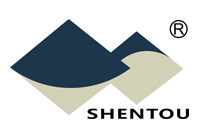CHINA AUTOMOTIVE SUPPLIER QUALITY MANAGEMENT BRIEFING
09/06/2019
Vol. 3, No. 9, September 2019

① QUALITY CHALLENGES & SOLUTIONS WITH YOUR SUPPLIERS IN CHINA
Case study of quality issues in product development,
production, packing & transportation (II)
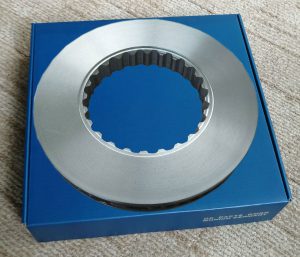 Case two: Quality issues in the development, production, packing and transportation of aftermarket brake discs
Case two: Quality issues in the development, production, packing and transportation of aftermarket brake discs
(Continued from the last issue)
Issue #3: The same batch of color boxes has various degrees of differences in the colors.
Case analysis: These kinds of issues will normally be noticed when customers receive the goods and find the color differences within the same batch.
The primary reasons:
A. The color boxes are printed at different factories or in different batches, resulting in the color differences.
B. The color boxes are stored directly on the ground or in a humid environment, causing color fading and strength degradation due to moisture.
C. There is no color code specification when printing the color boxes or no sealed sample for each batch printing.
Issue #4: Typing error when marking the outer edge of the brake disc
Case analysis: With these issues, the goods customers have received do not meet the requirements of their own marking contents completely or partially. Most of these problems are due to inadequate internal management of the suppliers and the inspection standards do not include marking contents and requirements.
The primary reasons:
A.The marking operation instructions are not prepared, and the first piece/ line inspection processes are not carried out for quality control.
B. The marking work area and the finished-goods-for-marking area are not separated with proper signage.
C. There is no separation, identification and error-preventive measures for finished products with different markings in the cleaning line loading area.
D. There are no inspection standards for markings contents and requirements.
E. The sample inspection quantities used by inspectors cannot meet the requirements.
Issue #5: Missing brake disc accessories
Case analysis: After receiving the goods, some customers would find that even though some models are the same as those they currently sell, they cannot sell the new deliveries because of the missing accessories. These kinds of problems generally happen with new customers for these products who are not familiar with the aftermarket product development process and tend to assume that the OE numbers they’ve provided are exactly the same as the ones they are selling. The aftermarket brake disc development is usually based on reverse engineering with the OE parts. When the OE parts come with accessories, so would the aftermarket parts when they are offered for sale. If the OE parts do not contain accessories, neither would the aftermarket parts. Most of the brake discs sold in the aftermarket do not contain accessories which include some gaskets, bolts, washers and the like for brake disc replacement.
The primary reasons:
A. The aftermarket models with accessories are not identified by either the customers or the suppliers.
B. Although the models with accessories are identifies, the parties have not fully communicated and confirmed the product information.
By Felix SS YUAN
② CRITICAL FAILURE MODES / QUALITY CONTROL POINTS IN FOCUS
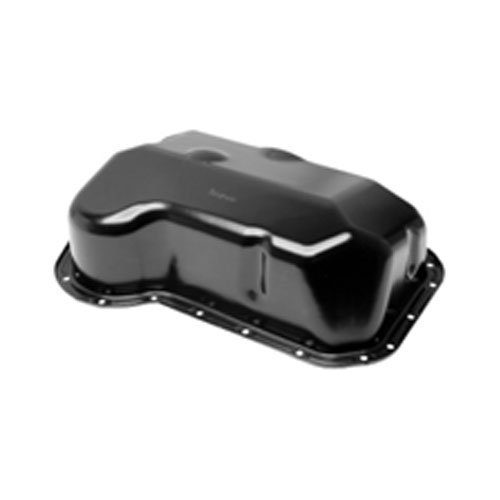
Oil Sump
The oil sump is located under the engine and its main function is to receive and store lubricating oil. Oil sump is mostly made of sheet steel, and some engines use plastic oil sump. The bottom of oil sump is also equipped with oil drain screw plug, so as to facilitate the replacement of lubrication and related maintenance.
Oil sump can be divided into wet type and dry type:
● Wet Sump: most vehicles on the market use wet sumps, the name “wet” is used because the engine crankshaft and connecting rod are immersed in the lubrication oil in the sump for lubricating on every rotation.
● Dry sump: mainly used in engines with high-power, for intense driving and with more demanding handling. Dry sumps are often seen in racing cars and lower chassis vehicles.
Primary failure modes:
1. Material fatigue crack caused by long-term operation;
2. Fracture deformation caused by collision with hard objects during driving;
3. Leakage caused by failure of bolt interface thread;
4. Internal part (oil baffle) falls off.
Key finished product inspection and quality control points:
1. The connection end face is flat without burrs;
2. The surface is flat without cracks and sand holes;
3. No damage to surface paint and protective coating;
4. Oil drain bolts and thread mouth are flat without oil leakage;
5. If there is a sensor installation port, check whether the installation surface meets the installation requirements.
By Carlos WJ LIN
③ KEY CONCEPTS & PRACTICES IN SUPPLIER QUALITY MANAGEMENT
SPC
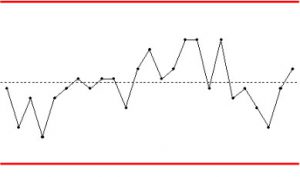 One of the 5 Quality Core Tools for the automotive industry is Statistical Process Control (SPC). SPC is an industry-standard methodology for measuring and controlling quality using statistical methods during the manufacturing process. It can be applied to any process where the “conforming product” (product meeting specifications) output can be measured.
One of the 5 Quality Core Tools for the automotive industry is Statistical Process Control (SPC). SPC is an industry-standard methodology for measuring and controlling quality using statistical methods during the manufacturing process. It can be applied to any process where the “conforming product” (product meeting specifications) output can be measured.
Quality data in the form of Product or Process measurements are obtained in real-time during manufacturing. This data is then plotted on a graph with pre-determined control limits. Data that falls within the control limits indicate that everything is operating as expected. If data falls outside of the control limits, this indicates that something within the process should be changed to fix the issue before defects occur.
SPC must be practiced in 2 phases: The first phase is the initial establishment of the process, and the second phase is the regular production use of the process.
④ CHINA INDUSTRY & MARKET UPDATE
Cost of raw materials:
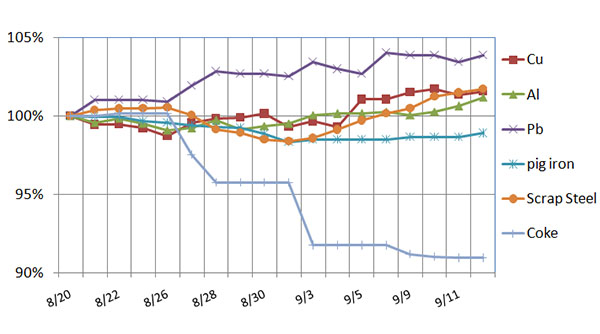
Exchange rates:
![]() USD/RMB: 1:7.0948
USD/RMB: 1:7.0948
![]() EUR/RMB: 1:7.8626
EUR/RMB: 1:7.8626
![]() RUB/RMB: 1:0.1071
RUB/RMB: 1:0.1071
September 2019
The above information is for reference only
⑤ IT HELPS TO KNOW...
 Major National Holidays
Major National Holidays
1st October is the National Day of the People’s Republic of China. The National Day marks the start of one of the few Golden Weeks for public holidays nationwide in China. In 2019 the National Day falls on a Tuesday, and this year’s official holiday calendar is from the 1st to the 7th in October.
Notable industry events in the next 3 months
| ||||||||||||||||||||||||||||||||||||||||||||||||||
SHENTOU SUPPLY CHAIN MANAGEMENT CO. LTD. is a Shenzhen, China, based company serving international automotive clients in the implementation of their China strategies and programs. CHINA AUTOMOTIVE SUPPLIER QUALITY MANAGEMENT BRIEFING is a bi-monthly newsletter published by Shentou to address the specific and unique quality challenges and concerns international automotive companies face with suppliers in China. Comments are welcome at qms@shentou.com. Click here to subscribe.
